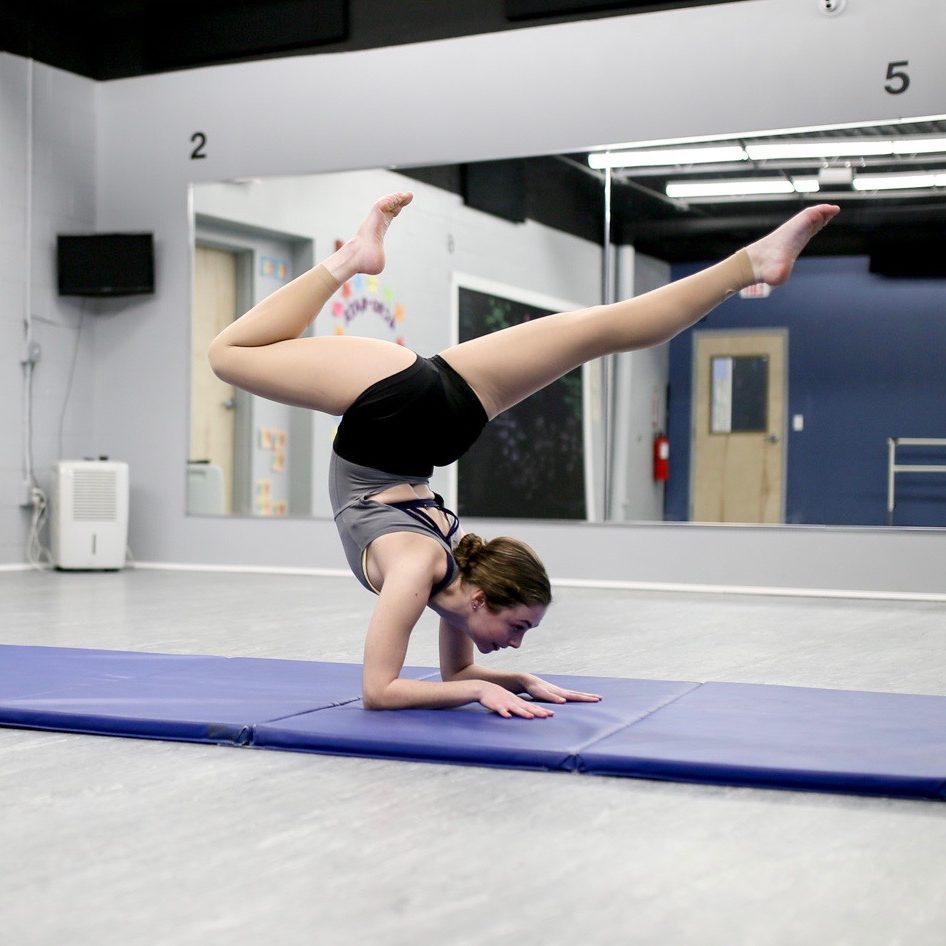
Acro
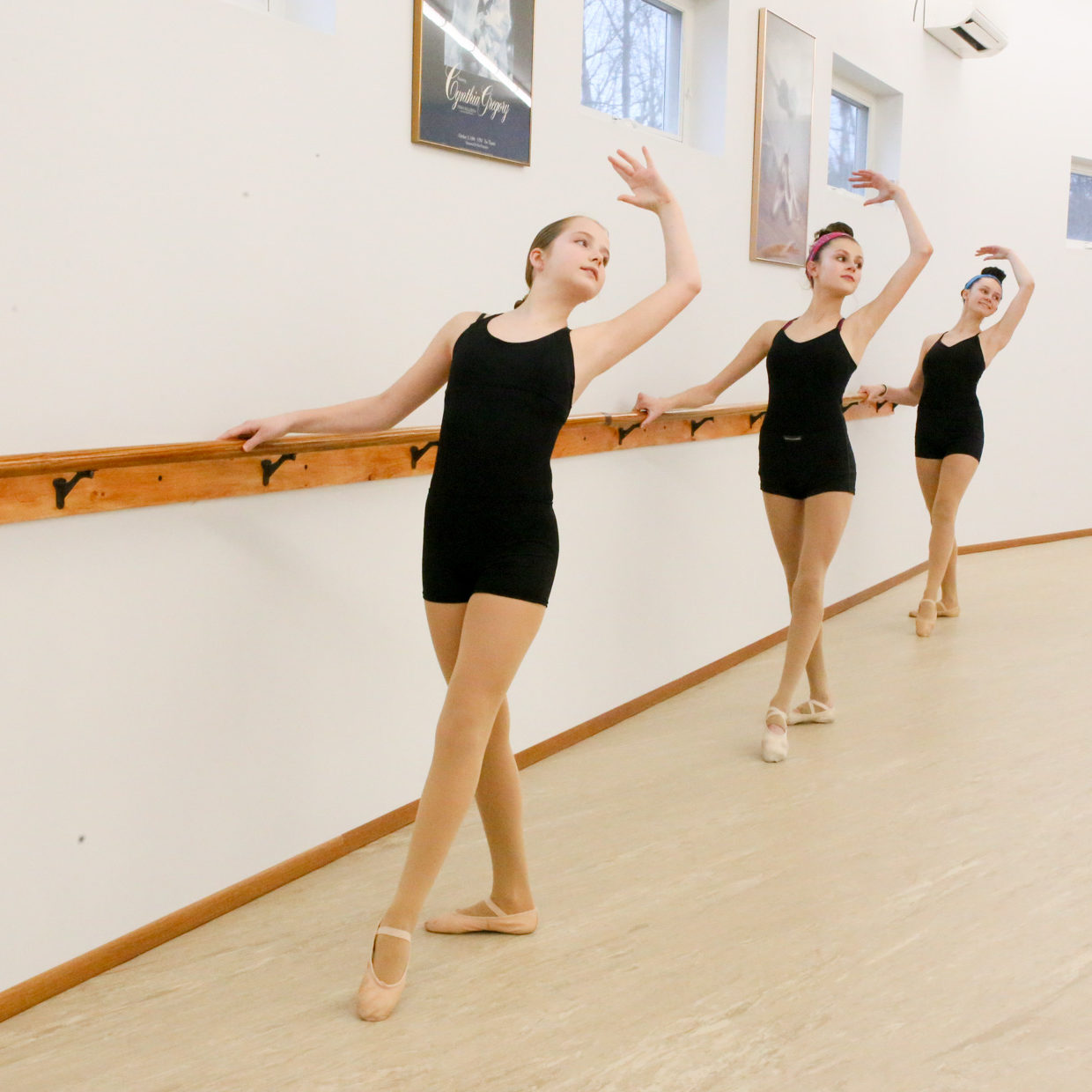
Ballet
Benefits of Ballet: Ballet technique is used in all styles of dance. In their Ballet class, dancers will improve their posture, turnout, flexibility, strength and more!
For introductory pre-ballet/creative movement classes, please see our 3-Week Mini-Sessions: Dancin’ Darlings (Toddler/Pre-K).
Ballet is offered alone or as part of a combo class (tap & ballet) for all Tiny and Mini-leveled full-year classes.
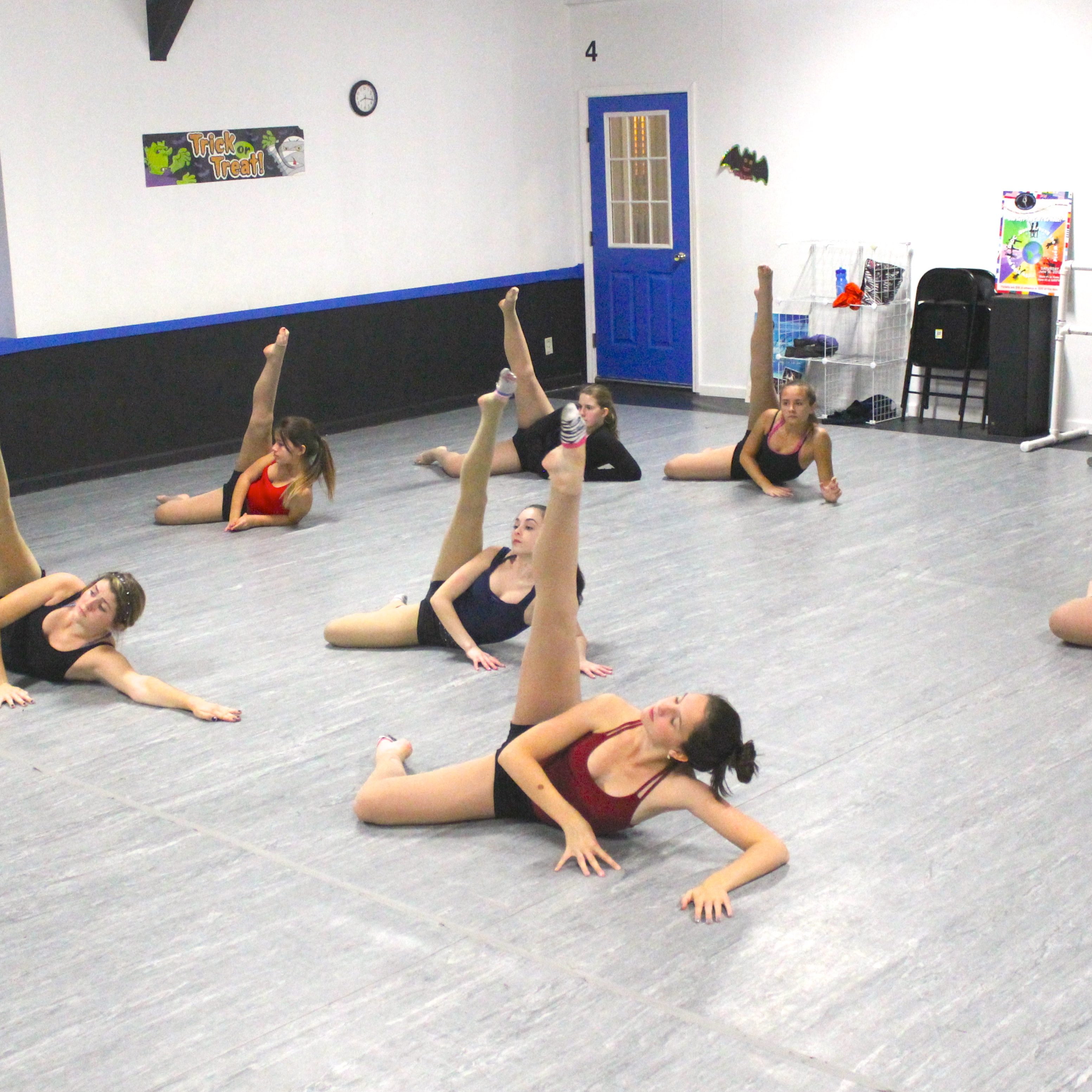
Cheer Dance

Contemporary
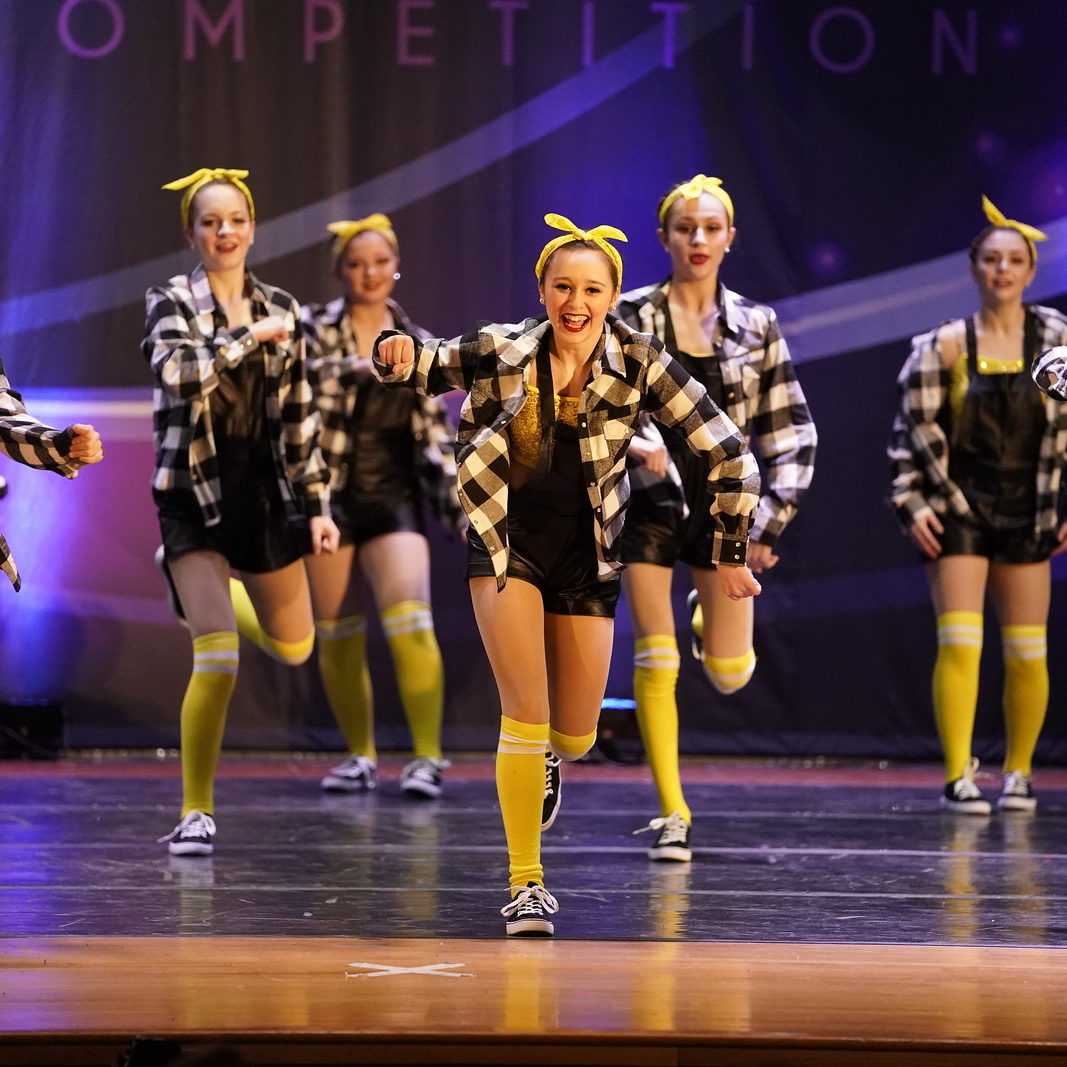
Hip Hop
This class requires stamina, hard work, and a strong core. Students should be prepared for a challenging and rewarding class.
Benefits of Hip Hop: Dancers will improve their musicality, strength, stamina, and more!
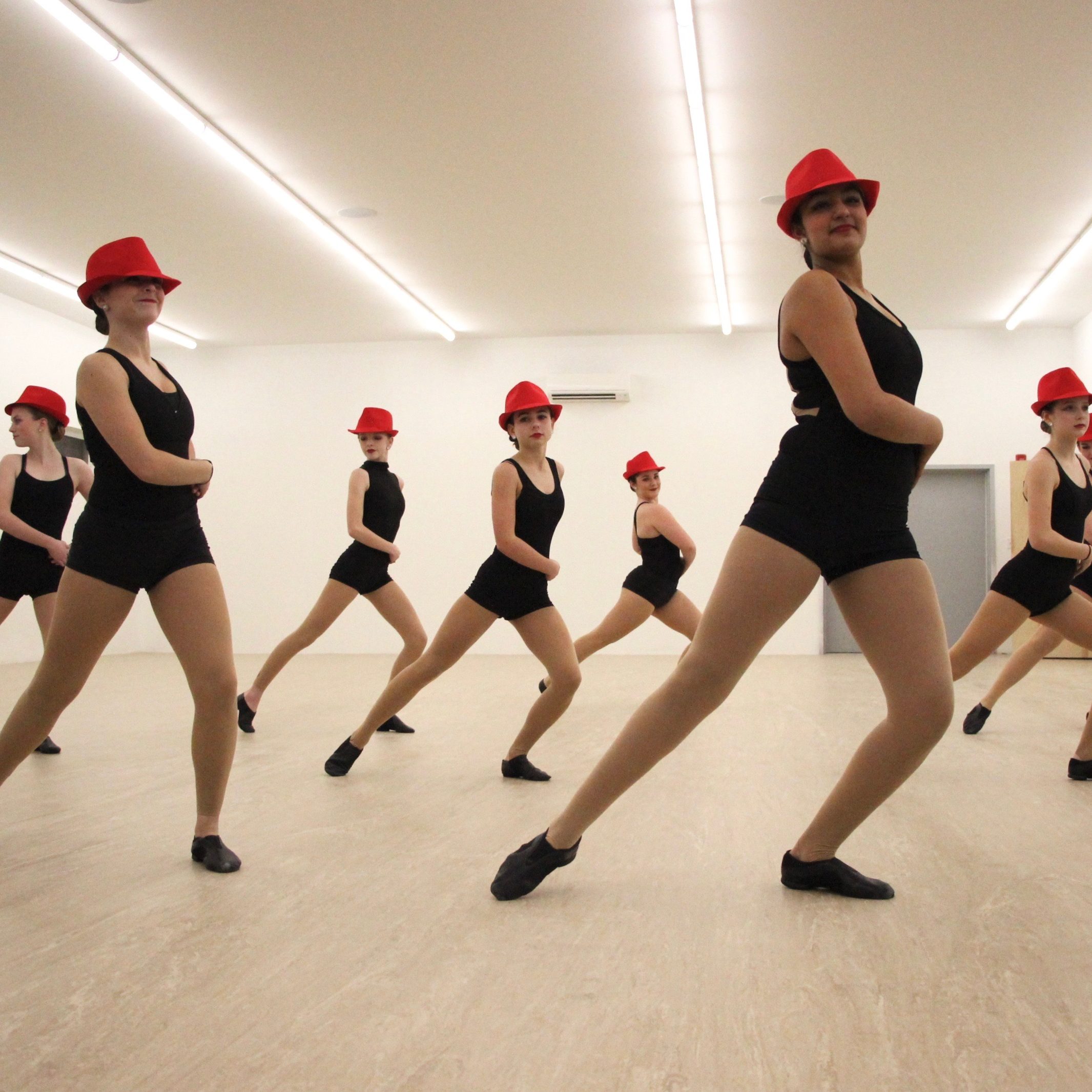
Jazz
The roots of jazz dance borrow from a melting pot. As we know it today, jazz is a blend of two main movements – folk dance and theatre dance. It teaches strength, power and flexibility and is performed to contemporary music. Jazz dance is lively, fun, and full of rhythm!
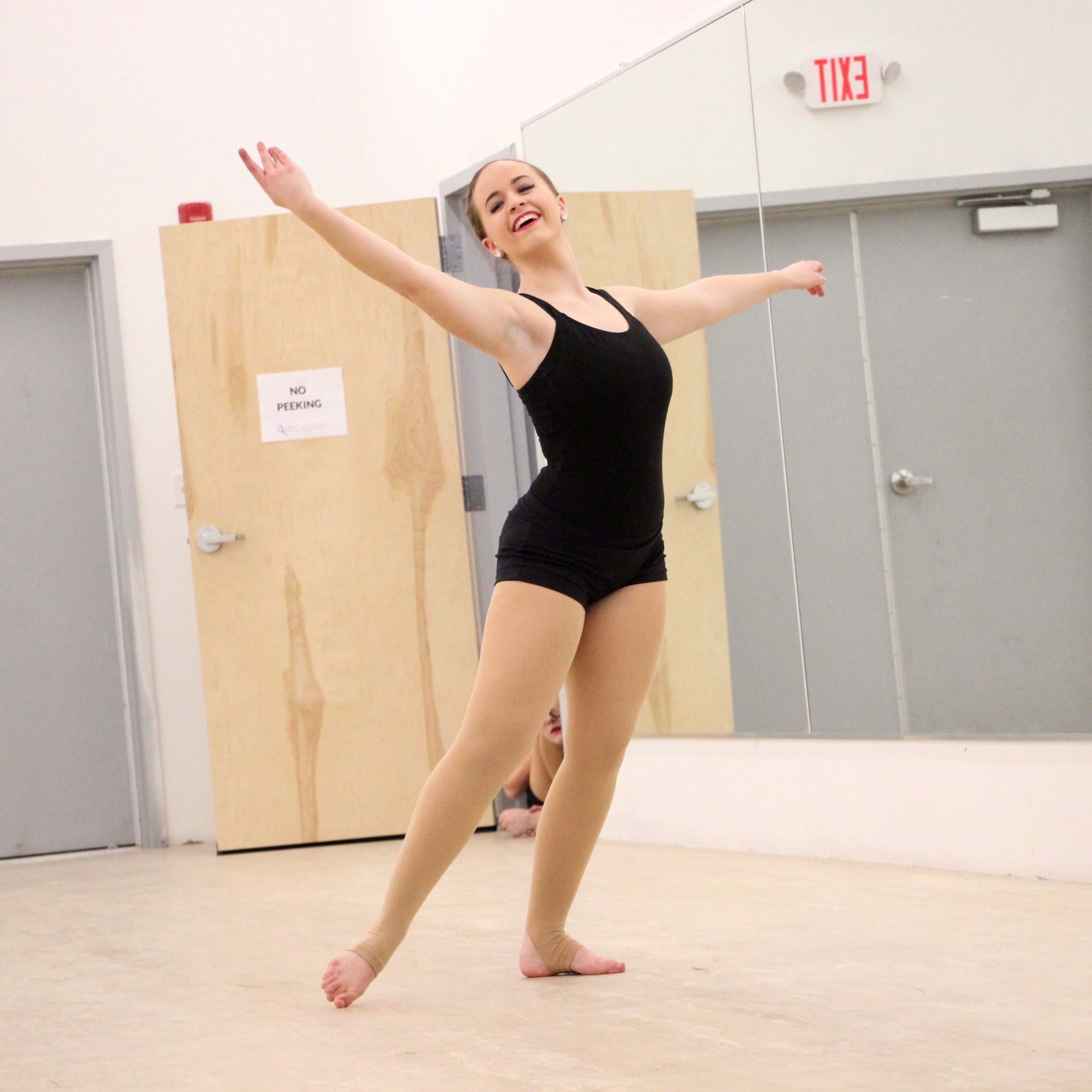
Lyrical
Lyrical dance uses the lyrics of the music to tell a story. This style incorporates technique used in both ballet and jazz to create elegant and fluid movements.
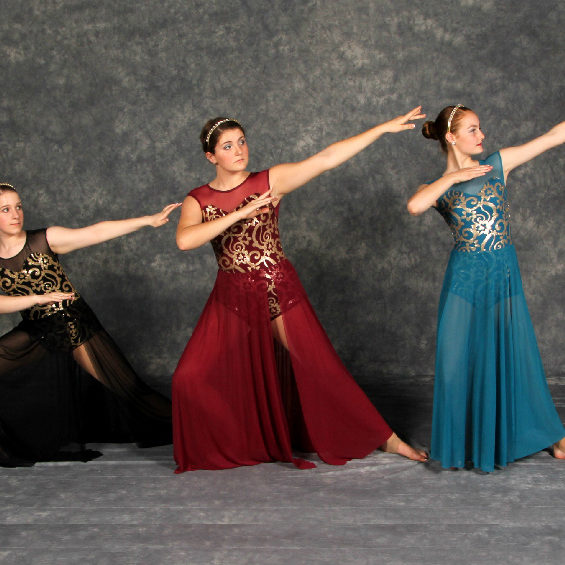
Modern
Often performed barefoot, Modern, is now more than 100 years old. Although similar to ballet in many ways, it uses movements that are freer and a more natural form of expressive dance. Dancers will explore a dynamic range of movement qualities, varying rhythm and timing while making artistic choices in the development of performance quality. Students will be encouraged to incorporate individual expression in their approach to movement theory and composition. Floor work, fall and recovery, and improvisation are key elements to a Modern class.
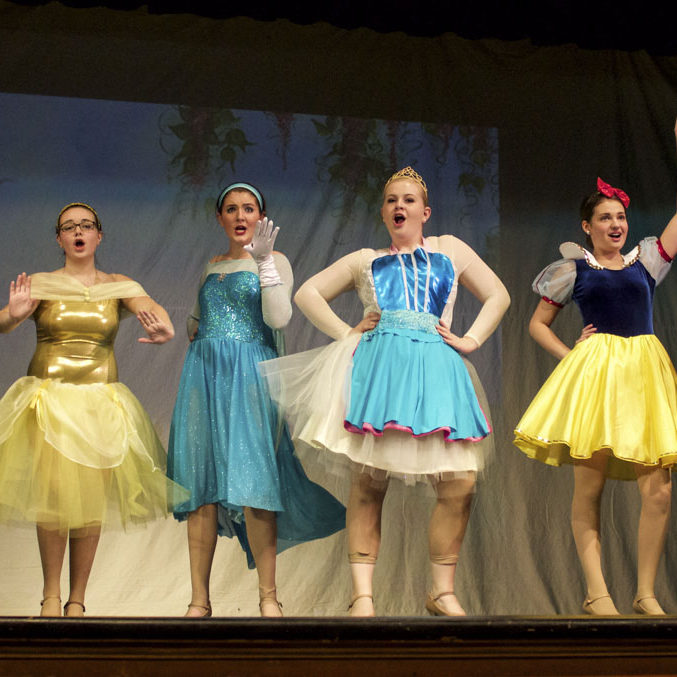
Musical Theatre
A fun and expressive class covering the variety of styles used in Broadway theater choreography. Dancers will work on developing a combination of jazz dance and theatre performance technique using music, props, narrative, and facial expression. A great class for those who just love to put on a show!

Pre-Pointe & Pointe
Pre-Pointe: Dancers must be at least 12 years of age and have completed extensive work in ballet to enroll in this class. Students who desire to one day go up on pointe will work on increasing coordination and posture, and strengthening their core, ankles, and feet.
Pointe: Pointe is ballet performed in pointe shoes. Dancers must be at least 12 years of age and have completed extensive work in ballet and pre-pointe to enroll in this class. Students are admitted to go up on pointe when recommended by the pointe teacher. Students are evaluated on coordination, posture, strength, and feet. There is an inherent risk going up on pointe, therefore, we will only recommend those students who are developmentally ready to begin pointe work.
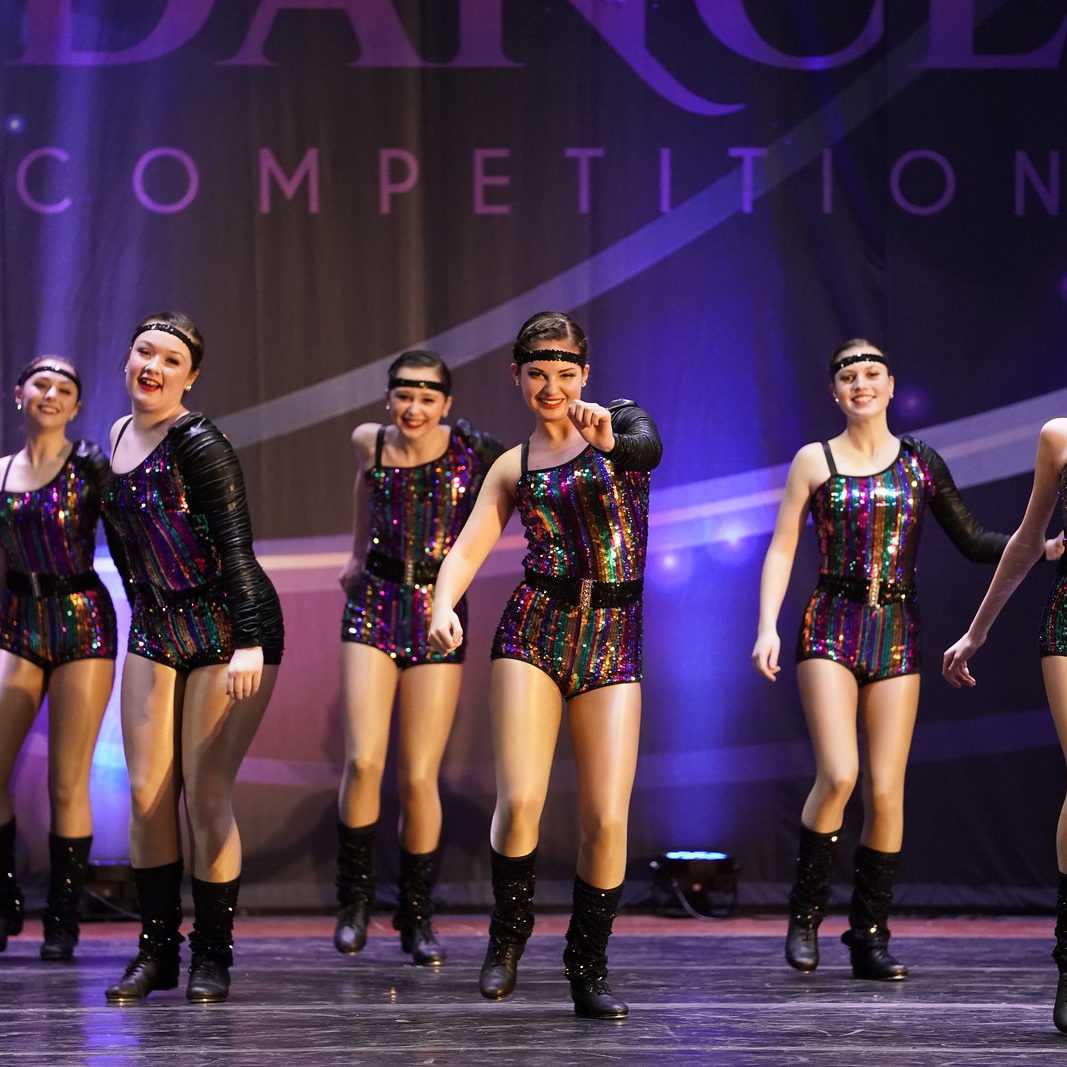
Tap
Tap dancing is an American art form. It is a step dance tapped out audibly with hard soled shoes. It was born in the 1800s meshing a wide spectrum of percussive dance styles – African, English, Irish and Scottish. It teaches tempo and rhythm whether you like soft shoe or flash tap, whether you are 3 or 63!
Tap is a part of our “Combo” classes (Tap & Ballet) for Tiny and Mini classes!
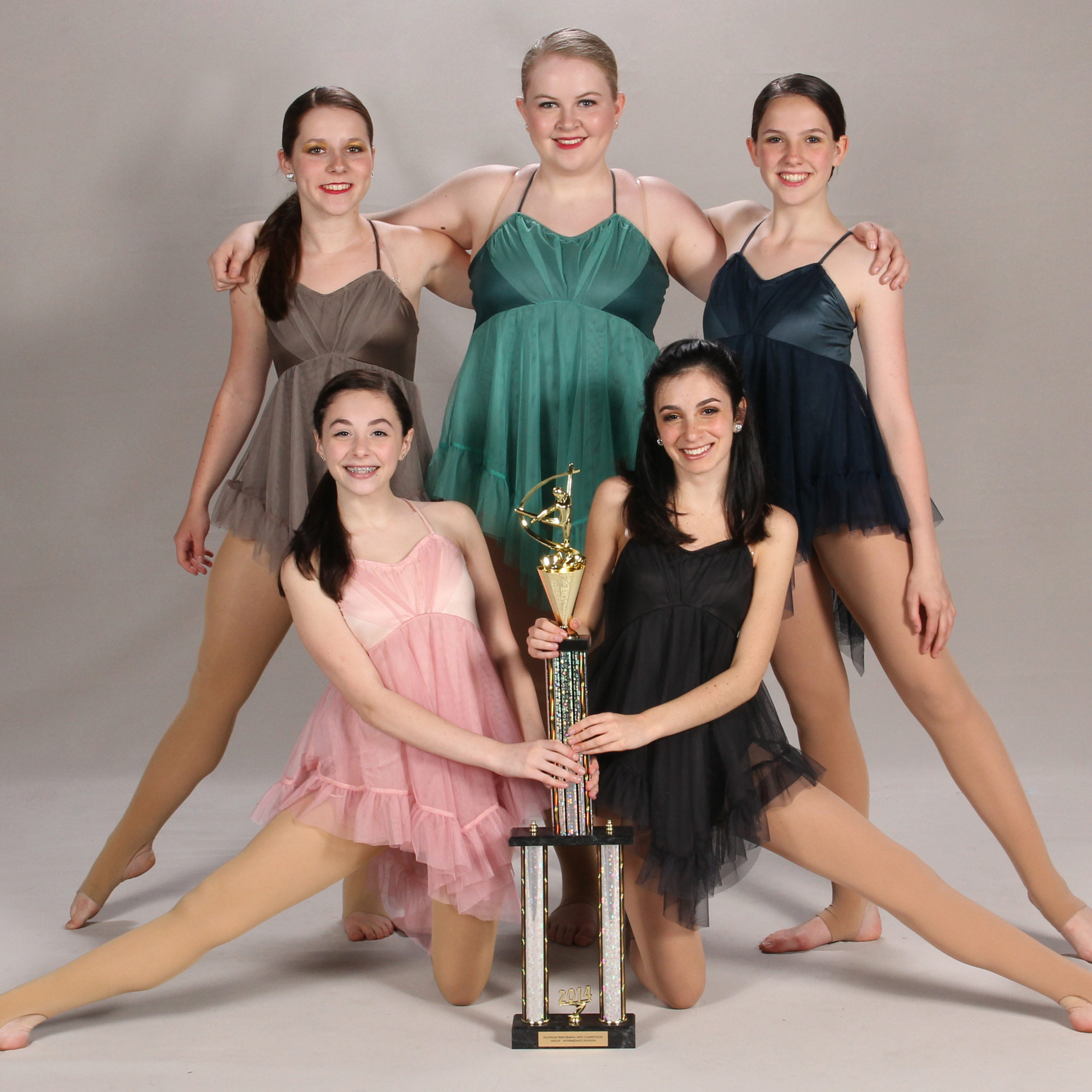
Team
Dancers must audition to be accepted into the Team DIDC Program. Participation in the program is restricted to dancers who are ready to make achieving their personal best a priority. It is our goal to instill in our students a passion for performing rather than merely the desire to win awards. Toward that end, Team DIDC dancers are invited to perform locally at fairs, nursing homes, and more, in addition to participating in two regional dance competitions annually.

